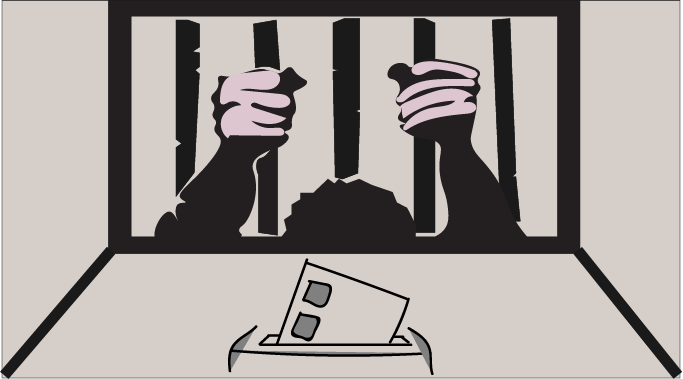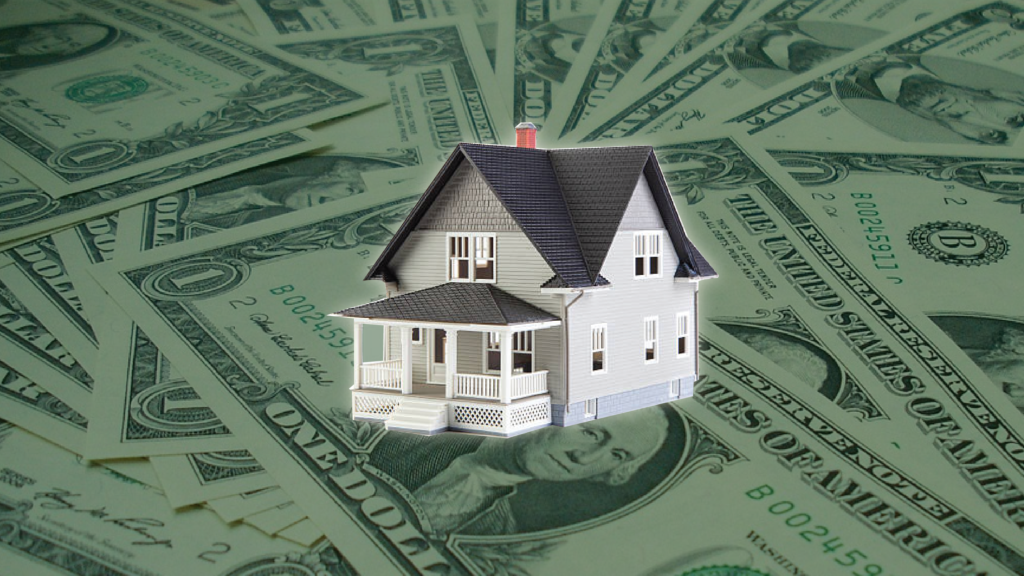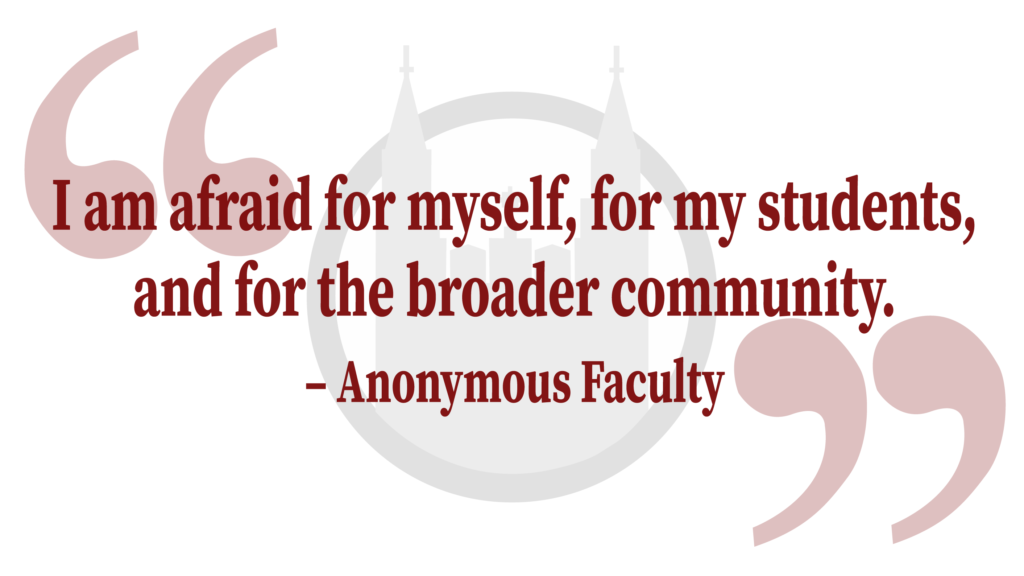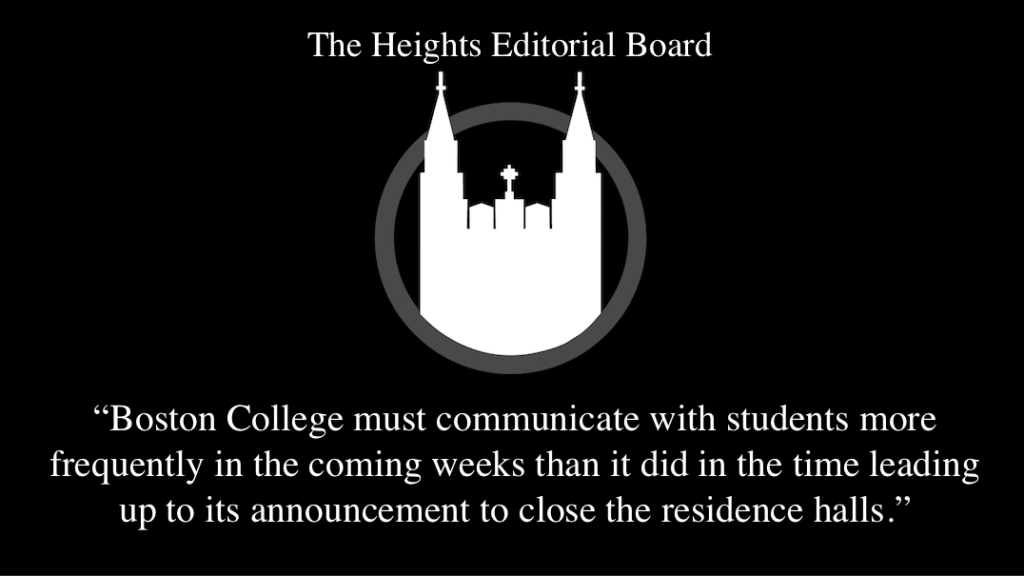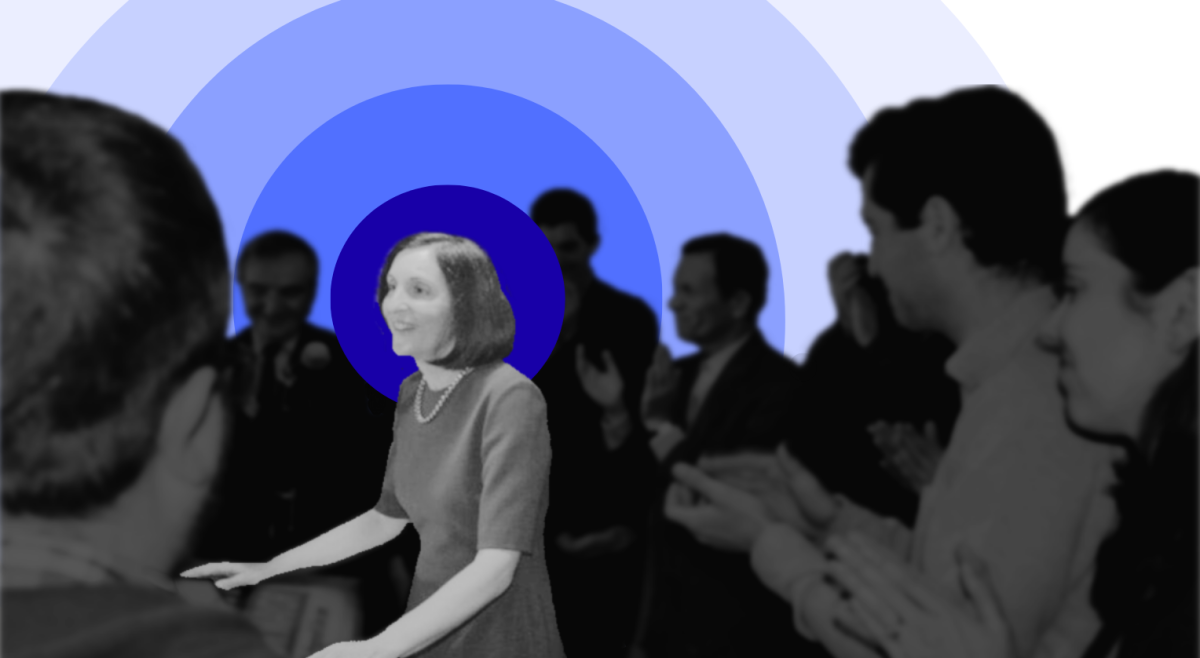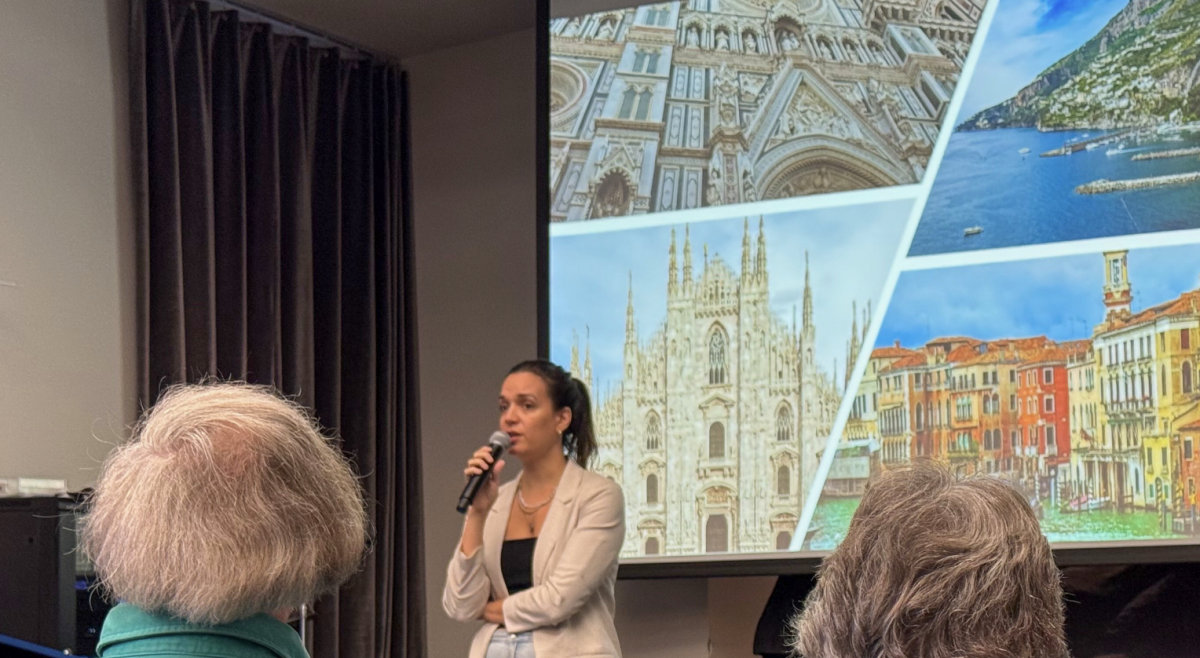We were the first people to board the B-line, but by the time the train made its way to Kenmore, the T was packed. Wall-to-wall, ecstatic Pats fans jammed inside the rusty train car as it slowly made its way into the city on Sunday night. Cars honked their horns as they passed by, dozens of inebriated Bostonians high-fived each other, and chants of PA-TRI-OTS reverberated through the train. As I spent well over an hour clinging to a ceiling bar in a dimly lit B-line car on Sunday night, I couldn’t help but notice the sense of community that the T provides—bringing Boston together in a way that I have never seen before.
As freshmen, we are told countless times to avoid taking the B-line. It stops nearly every block and is significantly slower than the C- or D-lines, which are just as accessible for Boston College students. Often, we are told to avoid the T all together. In a day and age where everyone seems to be in a hurry, why would someone spend hours on the T when one can just call an Uber? Doesn’t it make intuitive sense to spend 20 dollars on an Uber to get to Harvard Square instead of spending over two hours on the T?
Until last week’s blizzard completely shut down the city of Boston, the winter had been shaping up to be a light one, snow-wise. Over the past week, however, Winter Storms Juno and Linus completely clobbered the city—setting a new record for the snowiest 7-day period in history at 34.2 inches, according to the National Weather Service. The storms cancelled schools, delayed the first Boston 2024 public Olympics meeting as well as the Patriots parade celebration, and pushed back the Beanpot.
Most notably, cancellations and delays on the T have made it nearly impossible to navigate across the city. Some MBTA trips over the last week have ended in fire—others in ice. Many workers couldn’t make it to work, hurting businesses. Newly-elected Governor Charlie Baker called the delays on Tuesday morning “unacceptable” and vowed to work with the city to improve the service as soon as possible. In the midst of the snowstorm, just when it’s most important to have public transportation as an alternative to driving on dangerous roads, the city instead asked commuters to seek alternative transportation.
With the last week of delays, cancellations, and commuting misery fresh in mind, most riders today would agree that the T needs some major improvements—especially with the thought of hosting the world’s biggest sporting event in less than a decade looming over our heads. How can a crumbling, under-funded system possibly handle the Olympics if it cannot even make it through a rough New England storm?
There is no doubt that the T needs to be upgraded. The state is already moving forward with plans to replace seasoning equipment on the Red Line and Orange Line, as well as a Green Line expansion in Somerville and Medford, although those plans will take years to accomplish. Recently, more people have been switching over to Uber, but surge pricing of up to 4 times the normal rate on Tuesday deterred riders from using the ride-sharing service.
Despite Uber’s success, it lacks the historic charm that has established the T as a staple of Boston. The first Green Line car hit the tracks in 1897. That means the T has hosted countless trips to the Beanpot, well over a hundred ‘Battles of the B Line’ against BU, and nine championship parades for the Red Sox, Patriots, Bruins, and Celtics in the 21st century alone.
The last week of travel disasters has proved that the T needs revamping. Sure, the system can be annoying, inconvenient, and slow at times. And it is probably smart to avoid the T if another record-setting snowstorm covers the city. But the T is quintessential Boston—the aged system resembles our historic city—and sometimes there is nothing better than joining in, chanting PA-TRI-OTS especially after another Super Bowl win.
Featured Image by John Wiley / Heights Editor



